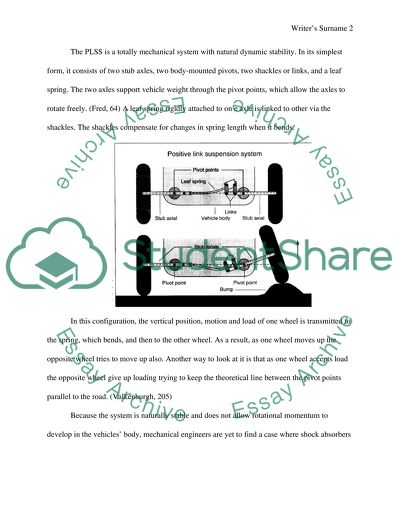Cite this document
(Car Spring Suspension System Report Example | Topics and Well Written Essays - 1500 words, n.d.)
Car Spring Suspension System Report Example | Topics and Well Written Essays - 1500 words. https://studentshare.org/design-technology/1563846-car-spring-suspension
Car Spring Suspension System Report Example | Topics and Well Written Essays - 1500 words. https://studentshare.org/design-technology/1563846-car-spring-suspension
(Car Spring Suspension System Report Example | Topics and Well Written Essays - 1500 Words)
Car Spring Suspension System Report Example | Topics and Well Written Essays - 1500 Words. https://studentshare.org/design-technology/1563846-car-spring-suspension.
Car Spring Suspension System Report Example | Topics and Well Written Essays - 1500 Words. https://studentshare.org/design-technology/1563846-car-spring-suspension.
“Car Spring Suspension System Report Example | Topics and Well Written Essays - 1500 Words”. https://studentshare.org/design-technology/1563846-car-spring-suspension.


